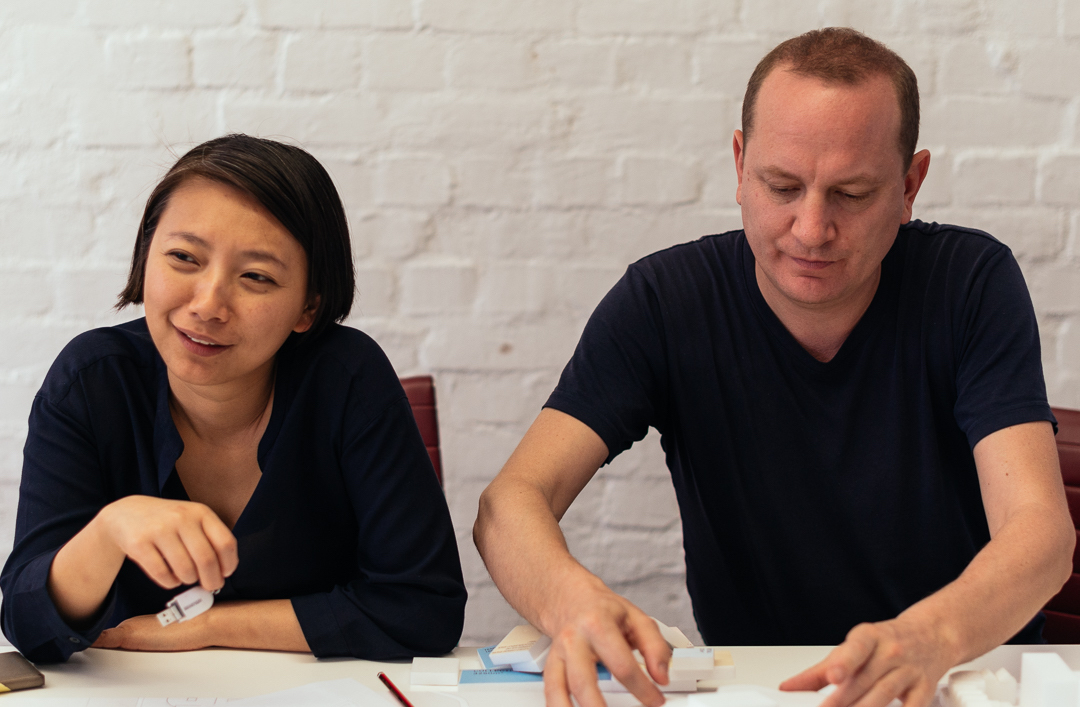Watch live: https://livestream.com/sciarc/events/9811147
Florian Idenburg: Strings Attached
Florian Idenburg is an internationally renowned architect with over two decades of professional experience. After learning the ropes in Amsterdam and Tokyo, he founded SO–IL in New York in 2008 together with Jing Liu. His years of working in cross-cultural settings make Florian a thoughtful and collaborative partner. With a joyous demeanor, he pursues innovation through working together. He has a particularly strong background in institutional spaces, leading the office on projects as Kukje Gallery and the Manetti Shrem Museum of Art at UC Davis as well as Amant Arts Campus in Brooklyn. His strength lies in generating imaginative ideas and transforming those into real-world spaces and objects.

Idenburg has a strong intuition for the orchestration of form, material, and light, and enjoys developing projects to a level where those elements become places for people to experience and use. He combines a hands-on approach with a theoretical drive, sharing this creative spirit with clients, collaborators, and students. A frequent speaker at institutions around the world, he has taught at Harvard, MIT, Columbia, and Princeton University. His current research investigates the future of the workspace and is developing a forthcoming publication on this topic, Human(s) Work (Taschen, 2020). In 2010, Idenburg received the Charlotte Köhler Prize of the Prince Bernhard Culture Fund. He is a registered architect in the Netherlands and an International Associate of the American Institute of Architects.
SO–IL was born in New York in 2008.
Diverse in origin, our team of collaborators speaks a dozen languages and is informed by global narratives and perspectives. We are both locally-rooted and nationless, coming together as a mid-size, well-recognized company. With our ambitious private and public clients, we explore how the creation of environments and objects inspires lasting positive intellectual and societal engagement.
In a digitized world that increasingly draws one inward, our architecture is outward-looking, engendering meaningful dialogue with what is materially and psychologically outside of ourselves.